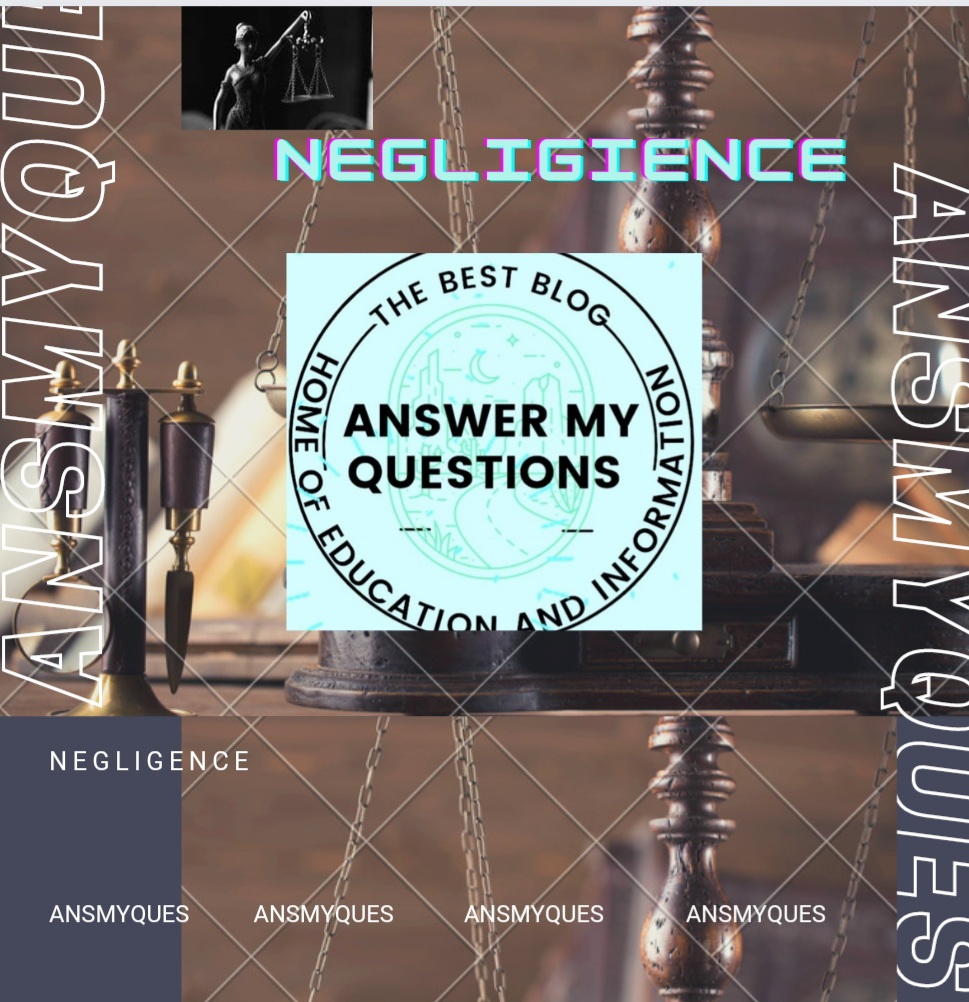30 FREE BIOLOGY QUESTIONS FOR JAMB, WAEC, NECO AND GCE
30 PRACTICE BIOLOGY QUESTIONS
ANSMYQUES BLOG
one of the following is autotrophic A. trypanosome B. paramecium C. Chlamydomonas D. amoeba
which of the following has cones? A. Angiosperms B. Gymnosperms C. Pteridophyte D. Bryophyte
The algae, bryophytes and pteridophytes are similar in that they A. are sea weeds B. have no vascular tissue C. require moisture for fertilization D. are microscopic plants
Nematocysts are produced by special cells found in A. nematodes B. Annelids C. Platyhelminthes D. Coelenterates
In which of the following groups of animals are flagella and cilia found? A. Flatworms B. Annelids C. Coelenterate D. Protozoa
The following are arthropods except A. crab B. scorpion C. spider D. snail
In terms of evolutionary trend, which of these invertebrates evolved first? A. Annelida B. Arthropoda C. Coelenterate D. platyhelminth
The crayfish is an arthropod because A. its body consists of a cephalothorax and an abdomen B. it has a pair each of antennae and antennules C. every segment of its body carries a pair of appendages D. its body is covered with an exoskeleton made of chitin
Grasping fingers and toes as well as eyes positioned in front of the head are features of A. cetaceans B. carnivores C. rodents D. primates
Which of the labelled parts contains ribonucleic acids? A. I B. II C. III D. IV
The structure labelled IV is the A. Nucleolus B. Golgi Bodies C. Mitochondria D. Vacuole
Mineral salts can be absorbed into roots by A. osmosis B. osmosis and diffusion C. diffusion and active transport D. imbition
The opening of the guard cells of the epidermis in plants is by the process of A. osmosis B. diffusion C. active transport D. transpiration
Which of the following is considered to be the first product of photosynthesis? A. protein B. starch C. energized chlorophyll D. hydroxyl ion
What part of the ear is involved in amplification of sounds? A. Tympanum B. Ear Ossicles C. Semi-circular Canals D. Cochlea
The small mases of nervous tissue in which many neurons have their nuclei are called A. dorsal roots B. ventral roots C. ganglia D. synapse
The following pairs of ions is involved in the transmission of impulses by neurons A. K and Na ions B. Na and Mg ions C. K and Cl D. K and Ca ions
The autonomic nervous system comprises A. brain and spinal cord B. brain and nervous C. dendrite and axon D. sympathetic and Parasympathetic nervous systems
The group of sensory cells found on the upper surface of the tongue are called A. ampullae B. taste buds C. nerve cells D. somatic cells
Which of the following cycles involves the processes of precipitation and transpiration? A. water B. carbon cycle C. nitrogen D. oxygen
Which of the following is responsible for the conversion of nitrites to nitrates in the nitrogen cycle? A. Denitrifying bacteria B. Nitrifying bacteria C. Lightening D. Fungi
One of the following is not true A. saprophytic nutrition involves feeding on soluble organic material from inorganic substances B. symbiosis is a nutritional relationship in which both organisms involved derive benefit C. a parasite causes injuries to its hosts in the course of getting food D. holozoic mode of nutrition can be seen in animals, carnivorous plants and some protists
Diseases of animals that can also be transferred to humans are A. nutritional B,. physiological C. zoonotic D. parasitic
The gland found close to the trachea is A. pituitary B. Thyroid C. Adrenal D. Pancreases
The Pituitary gland is called the master gland because A. it is located superiorly to other glands B. its secretions controls the activity of other endocrine glands C. it is solely autonomous D. it connects all other glands
All but one is functions of the villi found in the small intestine A. increase surface area B. roughens the interior walls of the small intestines to aid digestion C. absorb digested food D. stores waste products
The function of part labelled II is A. provide energy for the cell B. Synthesize proteins C. produce lipids D. contains Nucleic acids
If an individual suffers serious damage to the liver, digestion of which of these classes of food would be most affected? A. Carbohydrate B. proteins C. Fat D. Vitamins
In plants, respiration occurs in A. The stomata and lenticels only B. mesophyll cells C. All living cells D. the roots only
Which of the following are the final products of aerobic respiration? A. water, carbon dioxide and energy B. pyruvic acid, carbon dioxide and water C. glucose, energy and urea D. energy and carbon dioxide
you can use the EDUCATION CATEGORY to find more physics, chemistry, Literature, Government, Account, and other questions with answers…good luck to us all, do well to keep coming back because that’s the motive behind the name of this site ANSMYQUES (ANSWER MY QUESTION). Or equally you can use the search box above or below TYPE whatever subject question you’re looking for e.g “physics” “Literature” and it will bring out all physics questions on this platform, this idea can be use for other subjects too.


